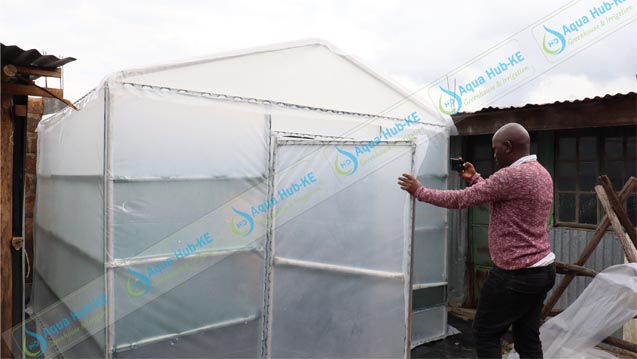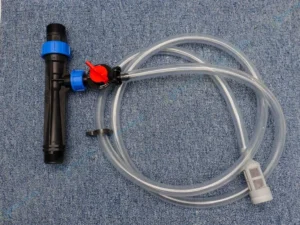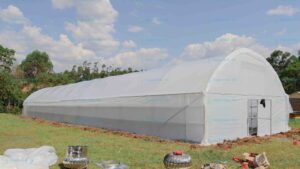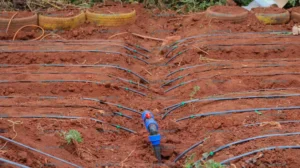Food drying process extracts moisture from the food products, reducing their weight and retaining their quality, taste and nutritional value for a long time.
While many food drying techniques exist, solar dryers are cost-effective and highly effective for nearly all food products.
Solar Food Drying Structures by Aqua Hub
At Aqua Hub LTD, we don’t just design food drying structures, but we embrace quality standards and regulations for both local and export market produce.
Our solar dryers are available at lower prices starting from less than KES 180,000 for smaller commercial dryers.
Call 0790719020
Cost of Solar food Dehydrators in Kenya
Our Solar dryers vary in cost of design and installation depending on the size you plan to build. We often have common sizes popular in the market but also deal with custom sizes as far as stability and efficiency are concerned.
We charge the following prices for the dryers we build:
| Size of the dryer (Meters) | Cost (KES) |
| 3 x 3 x 2 | 150,000 – 175,000 |
| 5 x 8 x 2 | 280,000 – 320,000 |
| 6 x 6 x 2 | 280,000 – 330,000 |
| 8 x15 | 620,000 |
| 8 x 24 | 818,000 |
| 8 x30 | 824,000 |
Solar Food Dryers
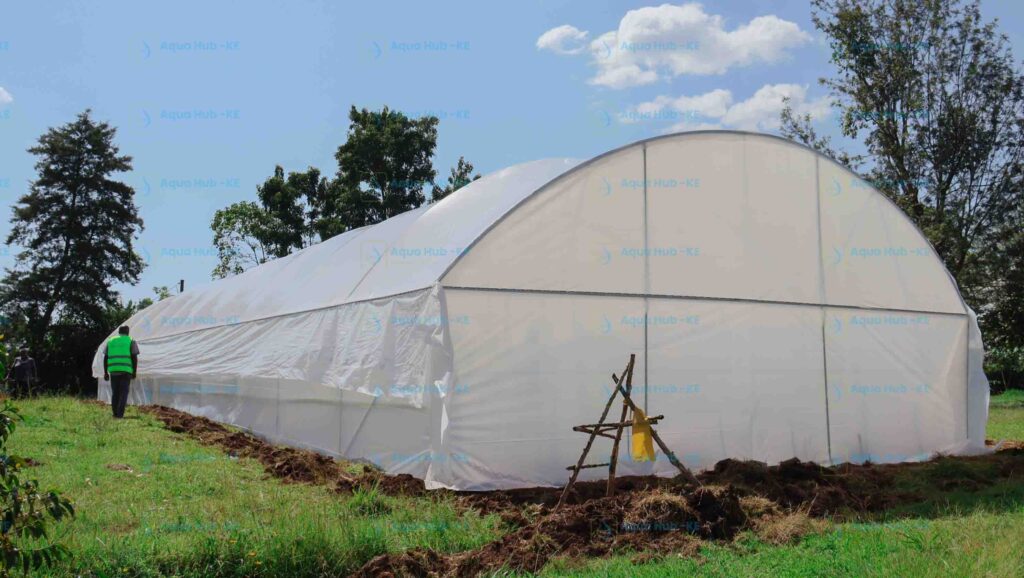
Solar dryers remove moisture from food by relying on convection or directing hot air towards food products placed in a drying chamber. Air entry fans enable cold air inside the drying chamber which heats and evaporate moisture from food. Hot air carries steam outside the chamber through ventilation.
Types of Food Drying Solar Dryers in Kenya
Simple Wooden Solar Dyers: a structure designed from wooden frames and polythene material. It is best for small-scale farmers as it does not hold much produce in the drying chamber. The drying chamber design has shelves to hold the drying products.
Commercial Solar Dryers: large solar dryer structures built using galvanized steel frames and outside covered with greenhouse polythene. It holds a large produce and design best for commercial or large-scale farmers.
Hybrid Solar Dryers: a dryer designed to use solar energy and other secondary sources including heat furnace, solar panels and backup power batteries to dry food. Secondary energy sources enhance 24 hours drying making hybrid dryers convenient for large scale production.
Materials we Use to Build Food Drying Solar Dryers
The materials often vary depending on the type of solar dryer you want.
For simple wooden solar dryers, the required components are:
- Wooden frames – for designing the support structure and drying chamber shelves.
- Greenhouse Polythene sheet – has good heat insulation and allows sunlight penetration. Best material to cover the structure as it blocks unsuitable atmospheric conditions.
- Nails – to build or attach the wooden design together
- Channel lock profile – steel profiles for holding the polythene to the structure. The channel lock joins to the wooden frames using nails.
- Wires – wires are engraved on the channel lock profile to hold the greenhouse polythene.
- Insect net – installed on a closable ventilation to allow air entry while keeping out insects and other objects.
Commercial dryers are designed using:
- Prefabricated Galvanized Steel Metal – we use galvanized steel pipes to construct the skeleton structure often tunnel shaped.
- Greenhouse polythene – best because of its waterproof, insulation heat and light penetration properties.
- Tapping Screws – to connect prefabricated steel arches and straight horizontal rods together.
- Channel Lock Profile – to hold the polythene sheet in place.
- Wiggle Wire – it locks the greenhouse polyethene sheet and prevents tear, wind removal or sagging.
- Fan – placed in a corner to direct air inside the chamber.
Hybrid dryers are designed like commercial dryers but are equipped with additional energy sources below:
- Heat furnace – a large heat furnace with a charcoal burner is placed outside the dryer and the heat directed to the drying chamber. To prevent burning the polythene sheet part of the furnace that protrudes inside the dryer is covered with a heavy insulation material.
- Solar panels and battery storage cells – solar panels together with storage batteries are installed in the dryer to boost drying process at night or low sunlight days. Panels are placed on the roof and connected to battery cells.
- Radiator – Battery cells connect to a radiator which heats up the air at night enhancing the drying process.
Biomass is also applicable on the heat furnace to generate the heat energy in case charcoal or firewood is not available.
Which Food Products Can You Dry using Solar Dryers?
Vegetables
Wide variety of vegetables including spinach, kales, tomato, peppers, cabbages, pumpkins and cassava leaves.
Fruits
Mango, papaya, pineapples, bananas, grapes and gooseberry fruits are common examples of fruits you can dry using solar dryers.
Tubers
Cashew Nuts, Potato chunks, sweet potatoes, cassava, and arrow roots.
Cereals
Maize, beans, peas, wheat, sorghum, millet and French beans.
Herbs
Garlic, ginger, coriander, moringa, and mint
Beverages
Coffee, tea, cocoa, barley and hops.
Other products
Meat, fish, Omena, crabs, Mushrooms and honey.
Best Practices for Effective Food Drying in Solar Dryers
- Clean crop harvest that contains soil or organisms first before taking them to the dryer. For example, fruits and vegetables.
- Chop fruit and leafy vegetables into small pieces to reduce surface area, improve drying rate and efficiency.
- Always clean the drying chamber before placing the drying products.
- It is essential to have a personal nearby to monitor the dryer especially with hybrid dryers to ensure products don’t over dry.
Benefits of Food Drying using Solar Dryers
- Drying food products increases their shelf life – moisture extraction from harvested, processed or even cooked food prevents bacterial growth thus edible for long.
- Solar dryers are cost-effective – upfront investment is the only cost you will incur, after that no cost other than labor.
- Easier Management – the design is simple with shelves that makes arrangement and monitoring the drying produce easier.
- Faster dehydration – the products take less time to attain the desired moisture content. Drying takes 2-3 days unlike sun drying which takes up to 6 days as weather conditions affects the process.
- Enhances Quality produce – drying food in solar dryers prevent organisms and insects thus food quality remains top.
- Preserves Nutritional Value – no risk of nutrient damage since solar dryers do nut burn food.
- Makes processing easier – products such as coffee, corn, wheat and sunflower are ready for processing instead of factory drying.
- Dried products fetch a good market price – Intermediate suppliers offer high prices for products with low or required moisture content.


